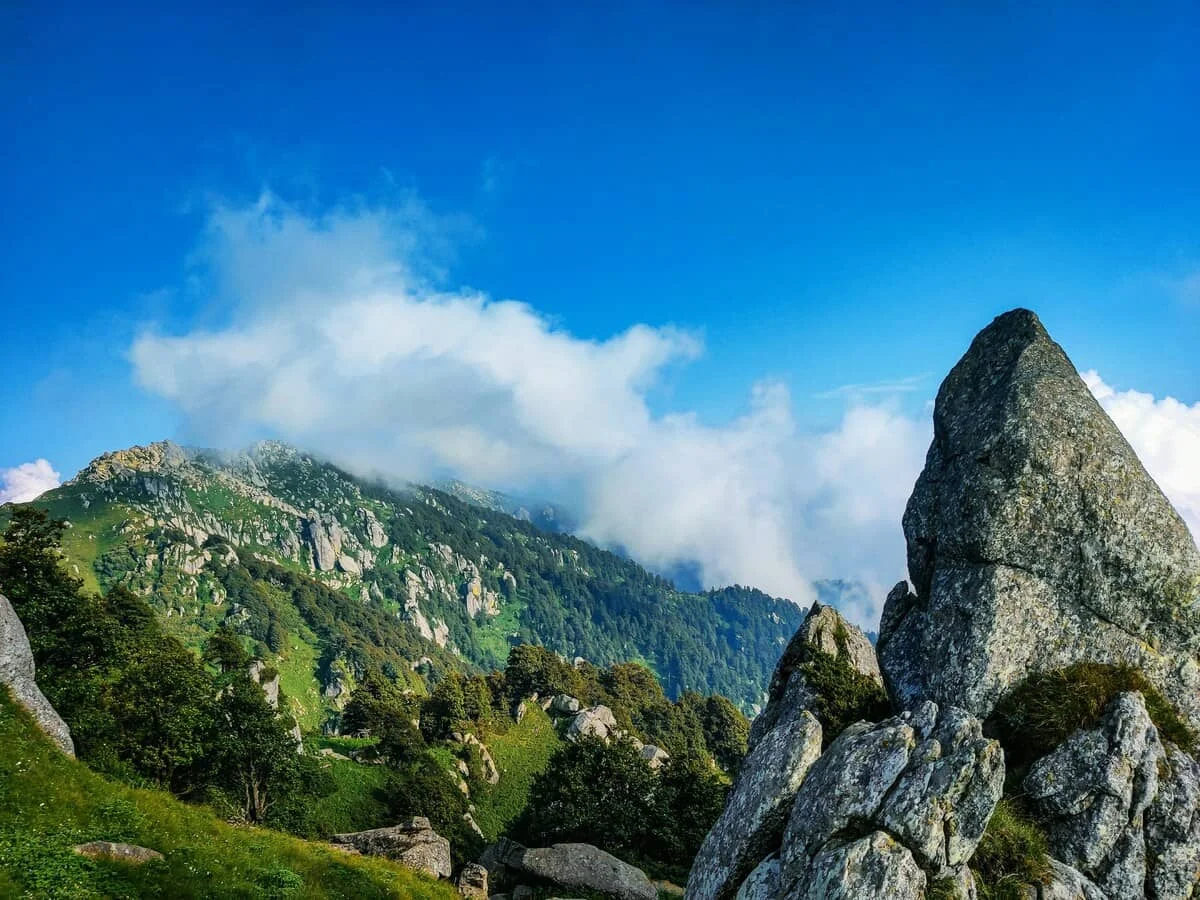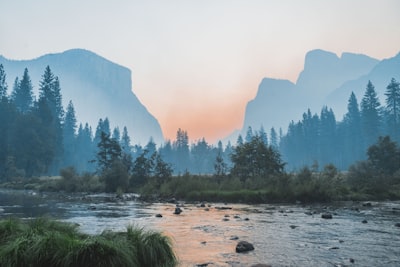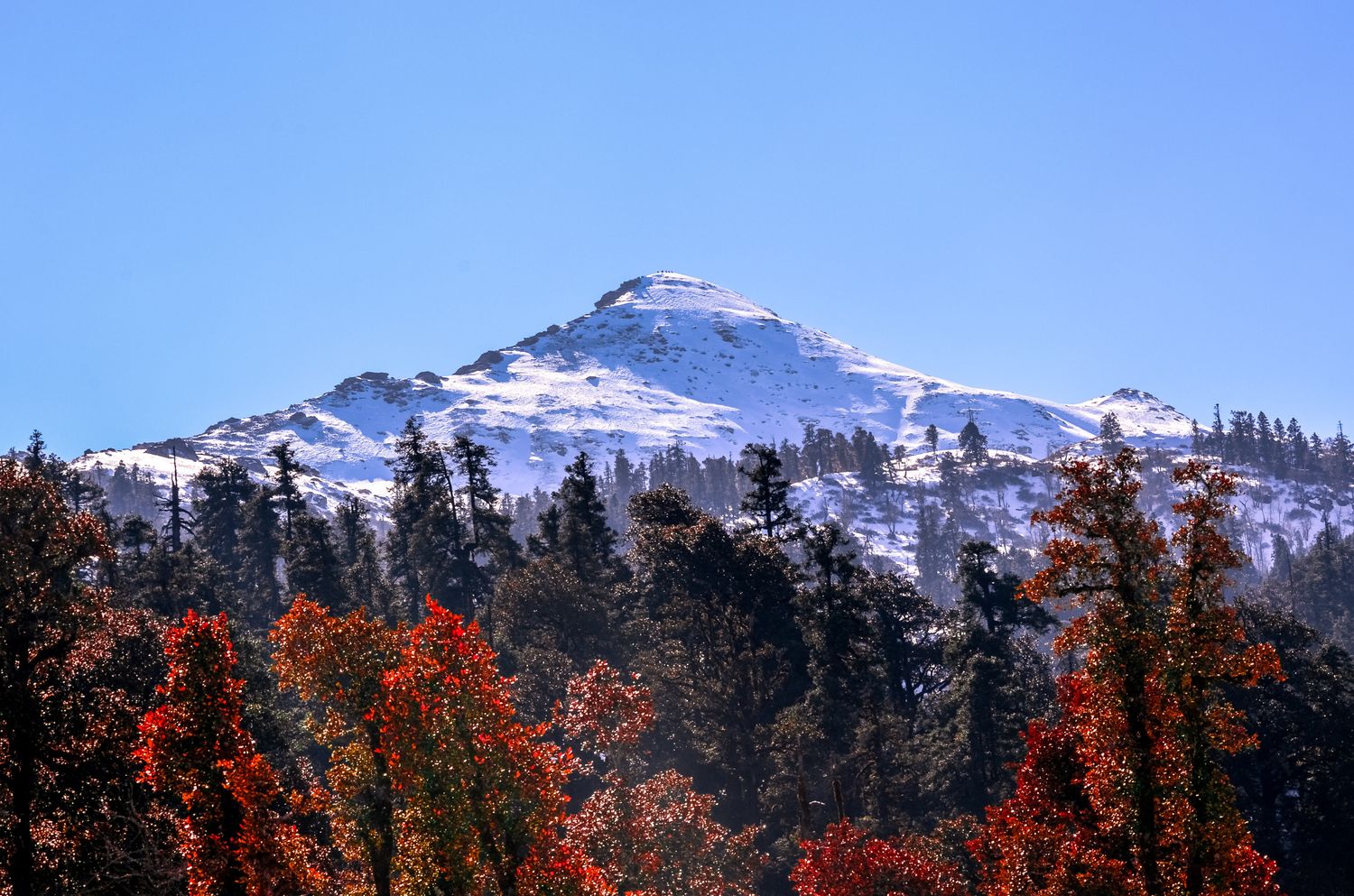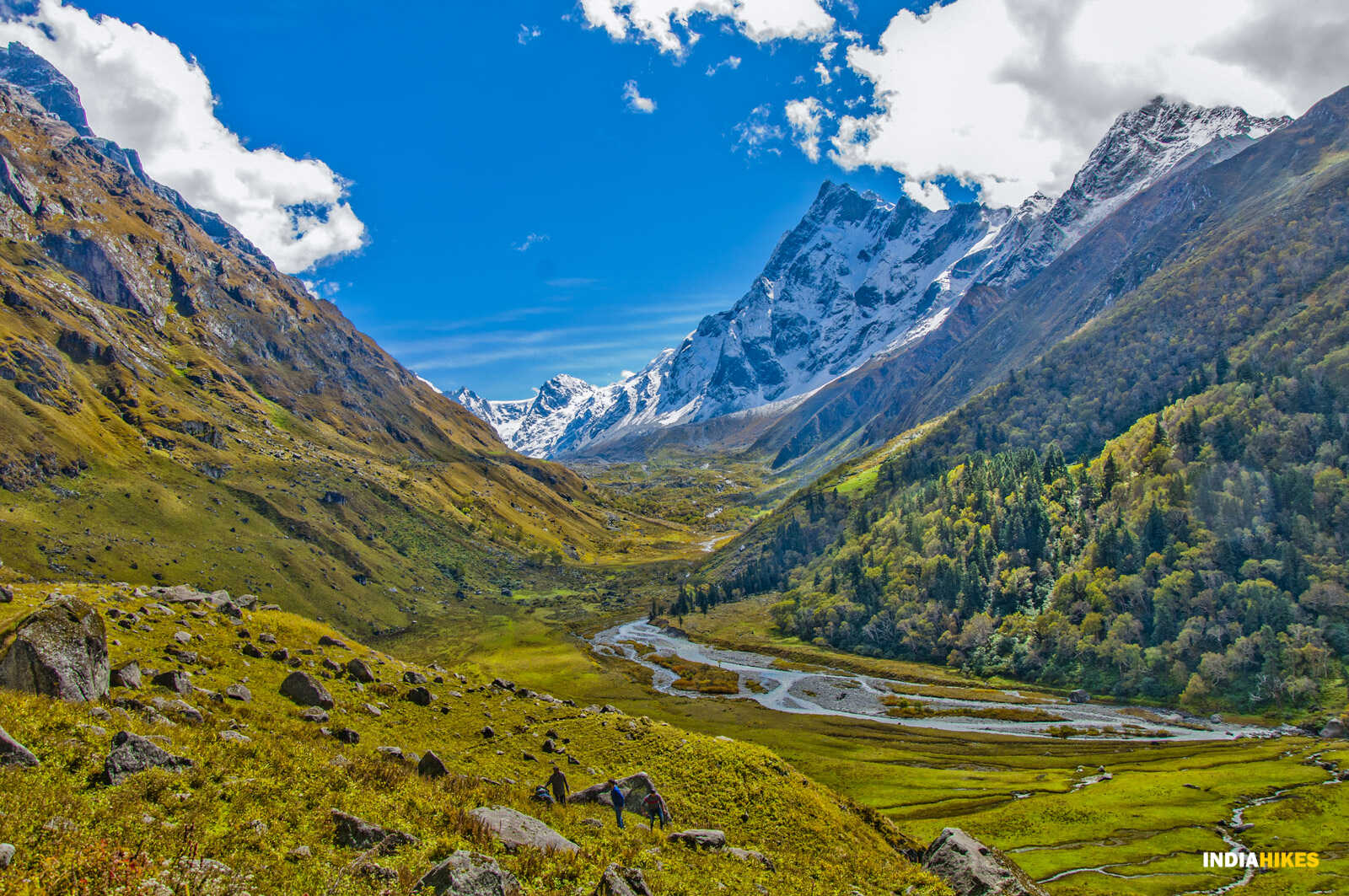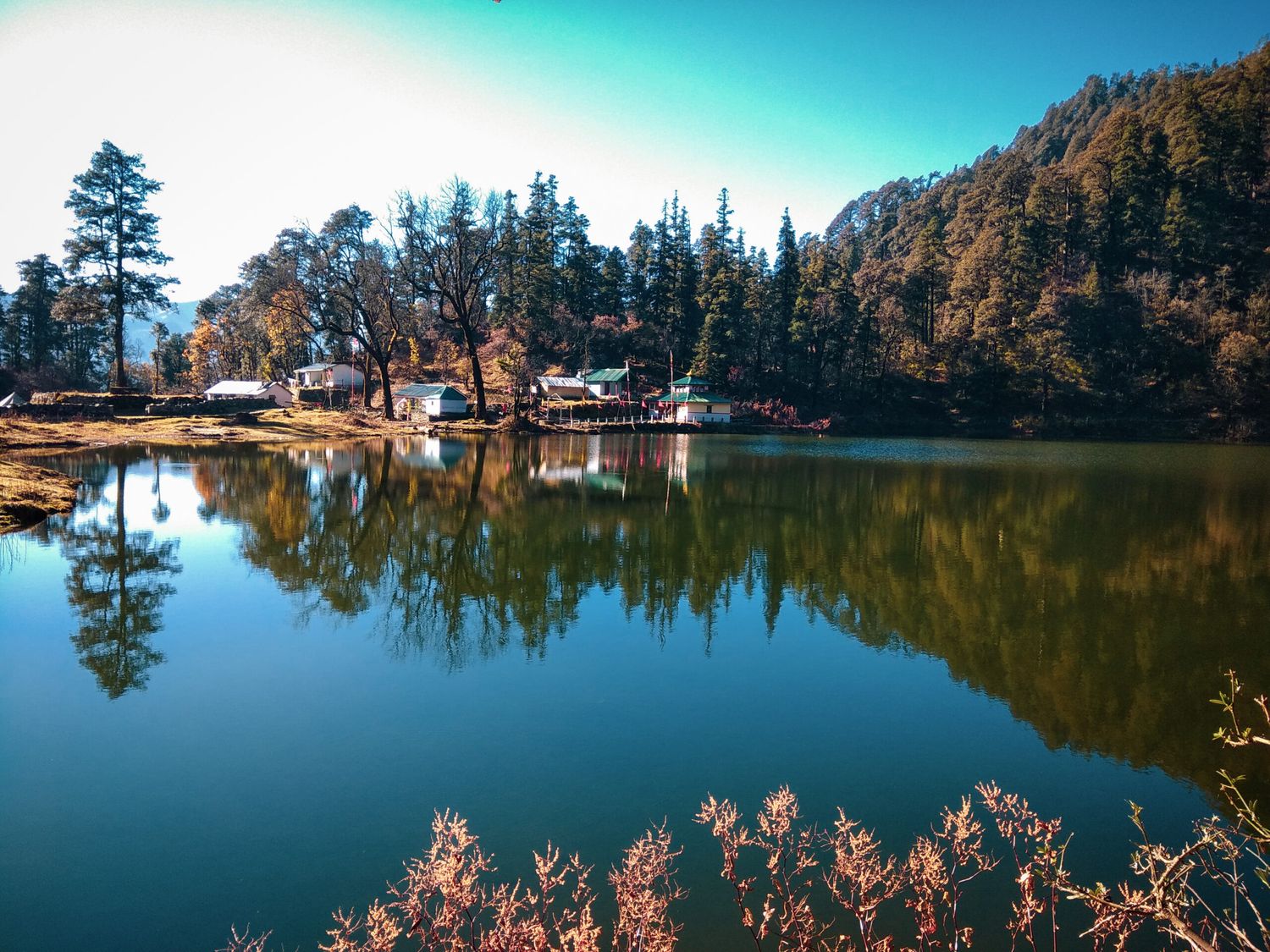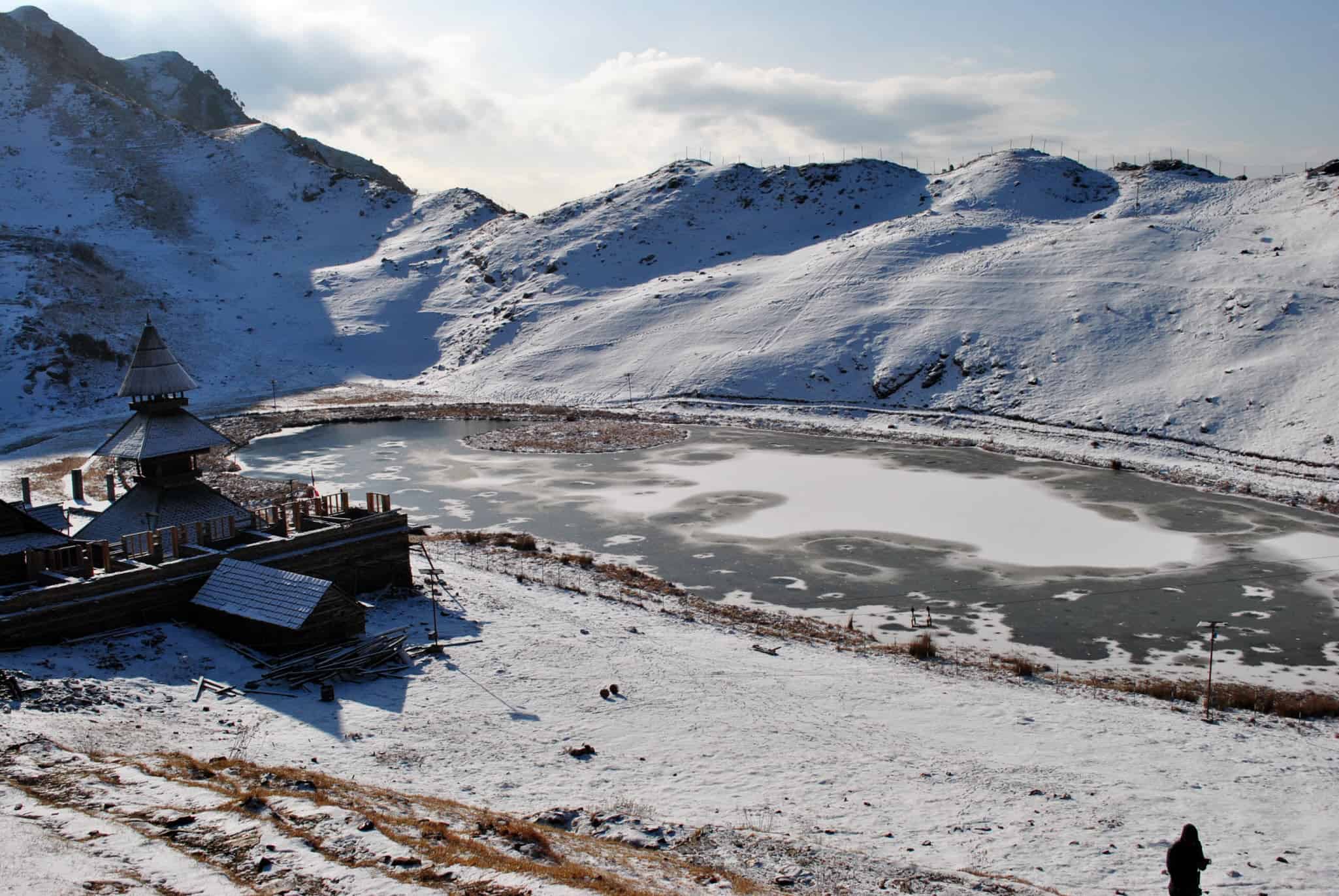Churdhar Peak Trek: The Crown of Shivalik Range
The Churdhar Peak Trek is a spiritual and adventurous journey to the highest peak in the outer Himalayas. Standing tall at 11,965 ft, Churdhar offers sweeping views of the Shivalik ranges, the Sutlej River, and distant Himalayan giants like Kedarnath and Badrinath on clear days. Known for its religious significance and natural beauty, the trek blends spirituality with adventure as trekkers hike through deodar forests, alpine meadows, and rocky ridges to reach the summit where a grand statue of Lord Shiva greets them.
Spiritual Significance
The peak holds deep religious importance. Locals believe that Shri Chureshwar Maharaj, a saint, meditated here. The giant Lord Shiva idol at the summit adds to the trek’s spiritual aura, attracting both devotees and trekkers alike.
The Scenic Trail
The trail takes trekkers through thick forests of pine and deodar, open meadows dotted with wildflowers, and finally steep rocky ascents that challenge endurance. At the summit, panoramic views stretch across the Himachal valleys, Shimla hills, and even the snow-capped peaks of Uttarakhand.
Why Trekkers Love Churdhar
- Highest peak in the outer Himalayas (Shivalik range)
- Blend of spirituality and adventure
- Stunning views of Himalayan and Shivalik ranges
- Opportunity to visit villages and experience Himachali culture
- Perfect weekend trek for North India residents
